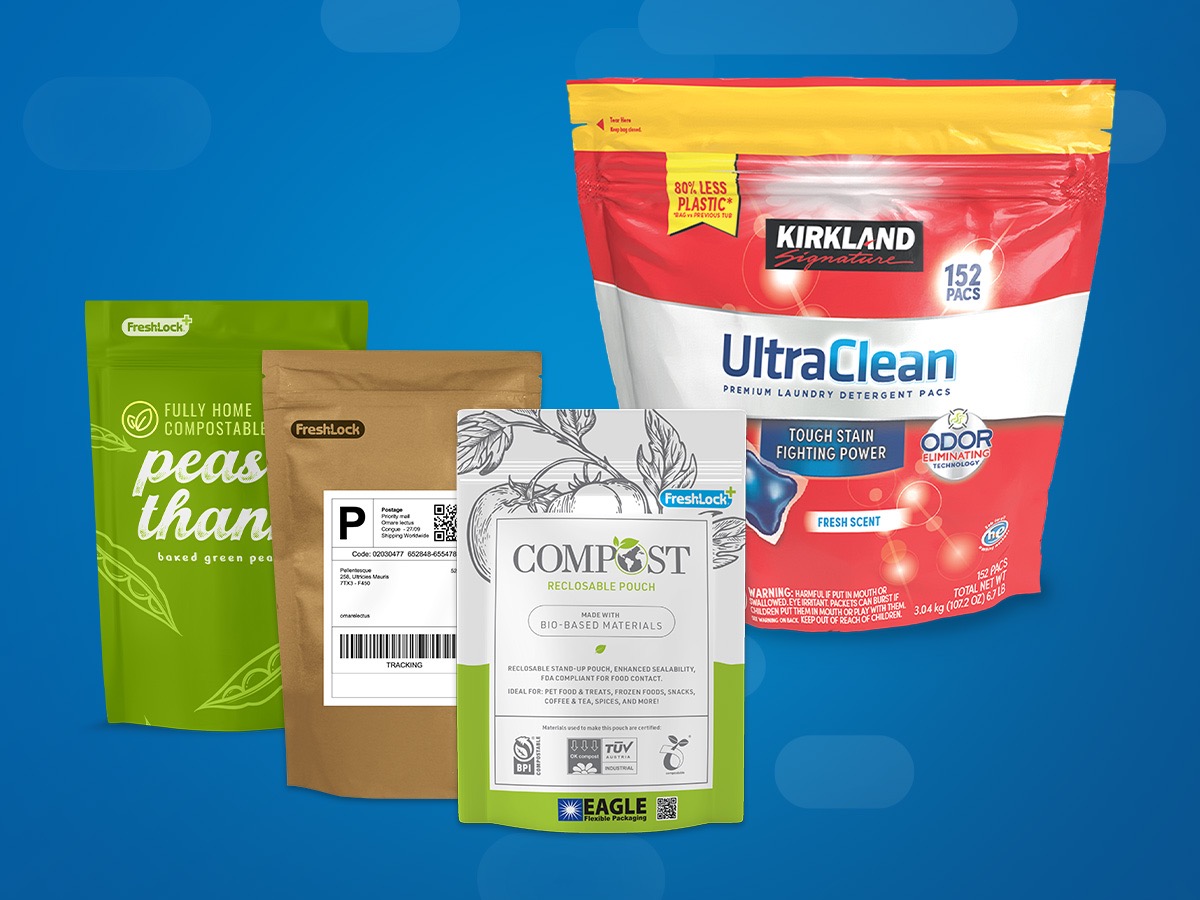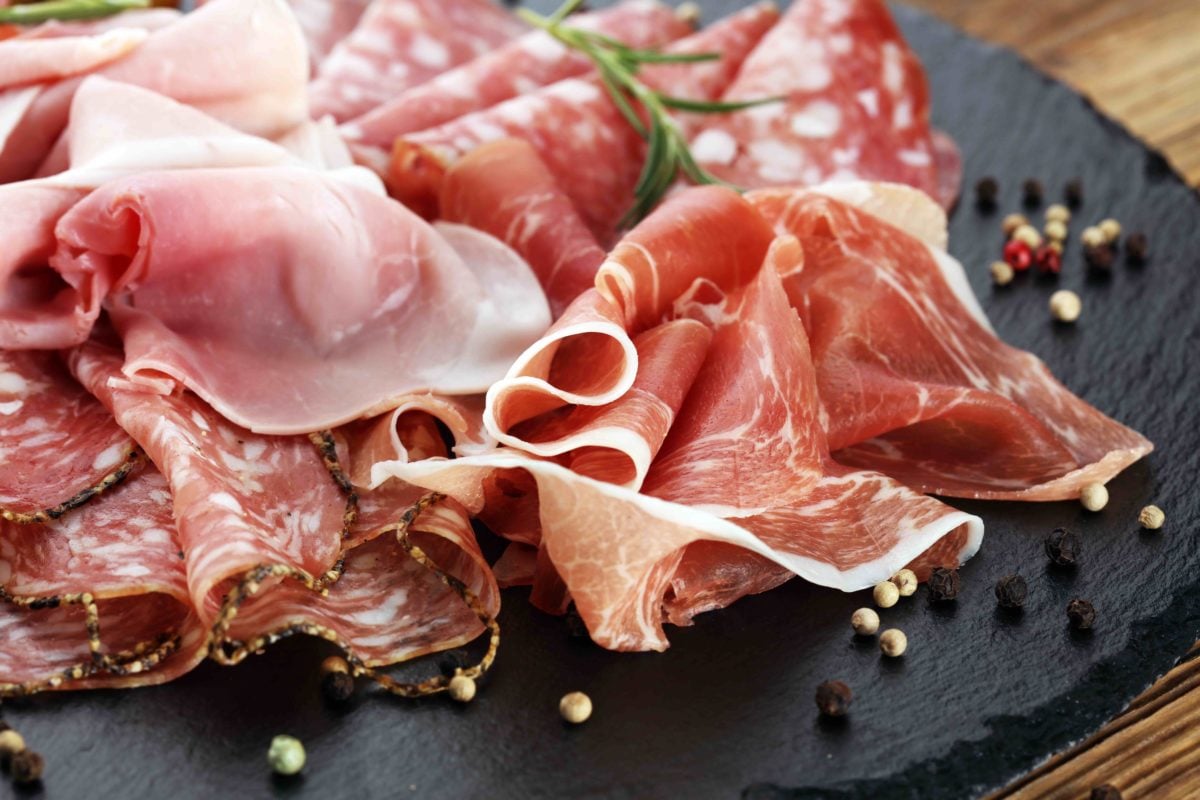
Saving Lives: The Past, Present, and Future of Child-Resistant Packaging
Some individuals have a knack for identifying challenges and expressing concerns. Better yet, some of those fantastic people look closely at the problem, take initiative, and find a way to solve it.
In the 1960s, a Canadian doctor and an inventive manufacturer developed an idea to help keep potentially dangerous products out of the hands of young children. You probably use it today—it’s the child-resistant safety cap. While you might take it for granted now because it’s so common, 50 years ago, it was a revolutionary innovation in consumer product safety.
Following World War II, an alarming number of young children were being harmed after ingesting household products. Doctors considered unintentional poisoning (primarily from medications) the leading cause of injury for children under five. Even more surprising is the fact that as many as 500 young children in America were dying every year from ingesting medications and household chemicals.

Who Invented Child-Resistant Medicine Bottles
Dr. Henri J. Breault, a pediatrician practicing in Ontario, Canada, was witnessing the same problem firsthand. Breault worked as the Chief of Pediatrics at a Windsor, Ontario, hospital where he also served as director for a new poison control center.
Treating childhood poisonings was a daily occurrence at the Windsor hospital. The rate had risen to approximately 1,000 cases a year. This frustrated Breault because he knew accidental poisonings were preventable.
In a video interview for the Canadian Medical Hall of Fame, Breault’s wife, Monica, recalls him getting fed up with the situation.
“At three o’clock in the morning he comes home, and he says, ‘You know, I’ve had it. I am tired of pumping children’s stomachs when they’re taking pills that they shouldn’t be having. I’ve got to do something about it,'” she recalls.
Dr. Breault began trying to educate the public about the risks that medicines like aspirin and common household chemicals posed to young children. Unfortunately, these campaigns proved to be mostly ineffective. The number of unintentional poisonings wasn’t changing.
He realized there was a need for packaging that would help protect children. What he envisioned was a cap that kids couldn’t easily open. So, in 1962, Breault put together the Ontario Association for the Control of Accidental Poisoning (O.A.C.A.P.), a group composed of pharmacists and physicians dedicated to solving the problem.
Breault also set out to find the right manufacturer to help him create a child-resistant safety cap. There were several failed attempts to make a cap that worked, but Breault eventually found the right man for the job.

When Push Down and Turn Caps Were Invented
Peter Hedgewick designed the first version of the child safety caps that have now become standard in homes around the world. Hedgewick owned ITL Industries in Ontario, which manufactured plastic molds. Today, Hedgewick has a legacy for developing safety items, including lane reflectors embedded on roads and highways. However, the child safety cap is his most far-reaching invention. Hedgewick’s “Palm N Turn” design for pill bottles was first adopted in the Windsor area. There were almost immediate results. Accidental poisoning dropped by 91%.
In the United States, unintentional poisonings among young children became such a critical issue that the government had to step in and act. In 1960, the Food and Drug Administration (FDA) along with the American Medical Association (AMA) drafted legislation requiring cautionary labeling on hazardous products.
While the labels warned parents of the dangers, the labeling did nothing to keep kids out, especially young children who are unable to read. Eventually, Congress passed the Poison Prevention Packaging Act (PPPA) in 1970. This law required child-resistant packaging for prescription medications as well as most over the counter (OTC) drugs and a variety of household chemicals or hazardous materials. The child safety cap that Breault and Hedgewick developed became the ideal solution for allowing these types of products to become compliant with the law.
After the enactment of PPPA, fatalities among children five and younger dropped significantly. Before the law was implemented, hundreds of children died every year. Once child-resistant packaging entered the picture in the early ’70s, the fatality rate among children five and younger fell by 45%.
The answer is clear …child-resistant packaging makes a difference!
The Next Step in Keeping Kids Safe at Home
It has been nearly half a century since Breault and Hedgewick introduced their child safety cap. Both men are now remembered as pioneers. Breault is in the Canadian Medical Hall of Fame, and Hedgewick is in the Canadian Manufacturers Hall of Fame. However, we’re living in a different world now, with new types of packaging, new products, and new risks for kids.
One of the fastest-growing types of packaging for consumer goods is flexible packaging. From sustainability to reclosability, flexible packages like standup pouches offer benefits to manufacturers and retailers as well as shoppers. You’ll now find flexible packaging options for everything from beef jerky and shredded cheese to laundry packs and OTC medications.

To keep up with the packaging industry and do our part to help keep kids safe, the Fresh-Lock team developed the Child-Guard® closure. Our child-resistant closure adds a safety component by keeping kids away from potentially harmful products sold in flexible packaging.
Just like the child safety cap, it looks like a simple idea. However, just as Breault and Hedgewick worked repeatedly to invent a cap that worked, we developed a variety of prototypes before coming up with the Child-Guard® closure. Then, the closure was tested to ensure it meets standards for being child resistant.
While there’s no packaging that is 100% child-proof, this child-resistant closure helps protect kids and has the potential to save lives.
Child-Guard® is available on select product packaging. As more brands make the switch to flexible packaging formats, you’ll start seeing even more responsible brands using this closure on their packages.
In the meantime, you can show your support when you shop. Every time you purchase a product using this child-resistant closure, you’re casting a vote for companies that believe in keeping kids safe. Additionally, take a moment to ask your favorite brands if they use Child-Guard®. By reaching out, you’re not only raising awareness but also encouraging more companies to prioritize safety.

 Back to Blog
Back to Blog


